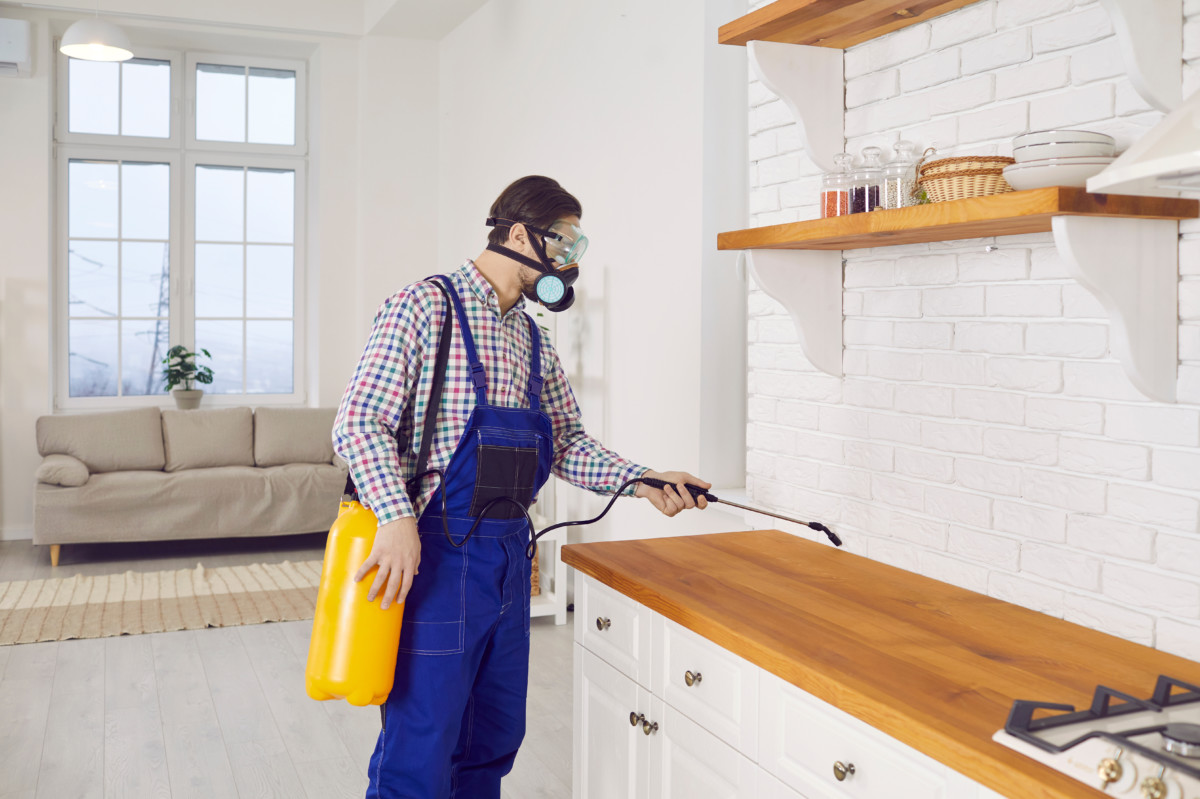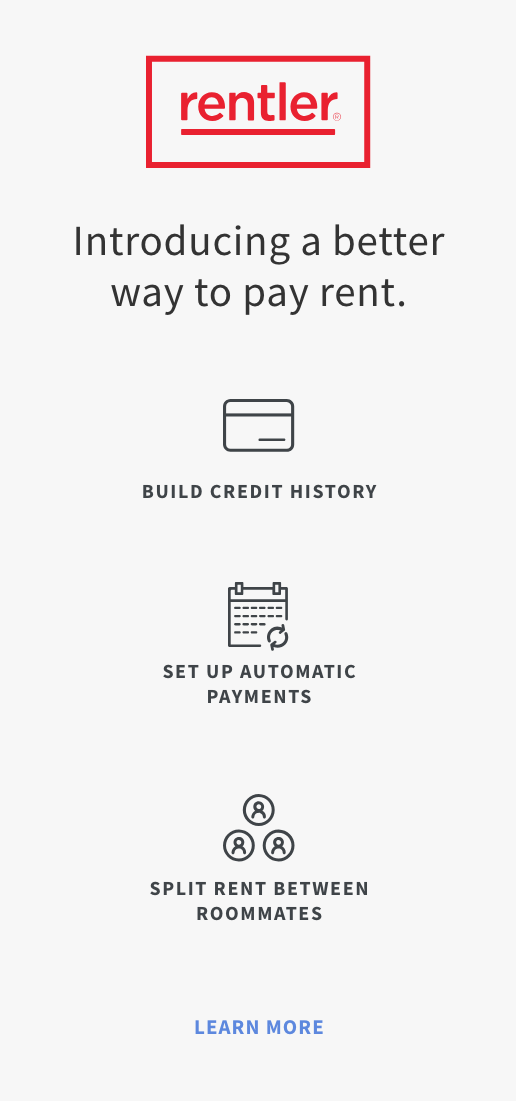Finding pests of any kind in your rental property is never a welcome experience. After spotting a pest in your residence, it’s understandable your attention would immediately turn to finding a way to get rid of it. However, you may not know the proper way to go about alleviating your problem. Are you in charge of keeping your property pest-free, or is that your landlord’s responsibility?
It’s essential to understand the role that you and your landlord play when it comes to pest control. Learning about the legal responsibility that you and your landlord hold when dealing with uninvited pests will make you a more educated tenant.
How Pest Problems Start in Rental Units
Before you can even start getting rid of pests, you must be able to identify what kind of pests have invaded your space.
Cockroaches, bed bugs, rodents, spiders, termites, silverfish, ants, fleas, ticks, and flies are considered the most common types of household pests found in the United States. Bed bugs are one of the most challenging pests to get rid of because they start with confining themselves to beds, chairs, and sofas and then branch out to hiding in drapes, outlet covers, and cracks and crevices in walls and furniture as the infestation becomes more widespread.
You must figure out how the pests are getting into your property to truly get to the root of the problem. Unfortunately, many areas inside your home and around the perimeter of your property can act as the perfect entry point for insects and rodents to sneak in.
Foundation cracks, siding, the roof, chimney, doorways, utility lines, vents, the garage, and adjoining homes are all places around your home that must be adequately sealed up to prevent pests from coming into your home. Even your body or clothes can allow pests, like lice, ticks, and bedbugs, to accompany you inside when you walk through your front door.
What Are Your Landlord’s Responsibilities?
Most states legally require landlords to maintain a pest-free property for their tenants. Landlords are responsible for making sure the property they are renting out is inspected for pests and that a pest control service professionally removes any existing pest infestations before a new tenant moves to the property.
A landlord is also responsible for ensuring that any discovered structural issues in the property, like cracks, any openings in doors or windows, or torn screens, are appropriately addressed before the property is rented out.
Typically, the terms of your lease determine whether your landlord will provide routine pest control services to your property. Your landlord is responsible for including a specific section in your rental contract that details what maintenance efforts have been carried out to keep the property pest-free.
However, in the case where a pest infestation compromises the habitability of your home, it is your landlord’s responsibility to address the problem immediately and completely absolve you from the costs of using a pest control company’s services. This responsibility is called an implied warranty of habitability.
What Are You Responsible for as the Tenant?
Make sure you inspect the property yourself for any signs of pests before agreeing to rent the property. You should thoroughly review your rental contract and make sure to ask your landlord about their pest control policy if nothing is explicitly mentioned in the agreement before signing the dotted line.
After moving in, you are responsible for immediately reporting any structural damage or signs of pests to your landlord. Addressing the problem in the beginning before it spirals into a more significant issue will save you a lot of stress and time in the long run.
As a tenant, you are responsible for ensuring you do everything within your control to keep your property pest-free by maintaining a clean, sanitary house. Things like keeping food containers sealed when not in use, always keeping your garbage bins covered, properly disposing of garbage, and avoiding standing water around your property all promote a rodent-free and pest-free environment in your home.
Your landlord is not responsible for providing pest control services for bug problems that stem from circumstances not beyond your control. An example of this is if your pet brings fleas and ticks inside your home after playing outside. If you don’t properly treat your pets for these pests and let them come back inside your rental property, your landlord is not responsible for your negligence. As a result, you will probably end up paying the bill to get the pest situation under control.
The Question of Pest Control in Rentals
It’s important to understand that laws are frequently subject to change, so you should make sure to keep up with your local and state resources for guidance on dealing with responsibilities regarding pest control in the future.
Maintaining a clear line of communication with your landlord will help you resolve pest problems as soon as they come up. Proper pest control in your rental property can only be achieved when both sides are fulfilling their responsibilities. When you and your landlord work together to maintain a pest-free environment, it’s a win-win situation.




